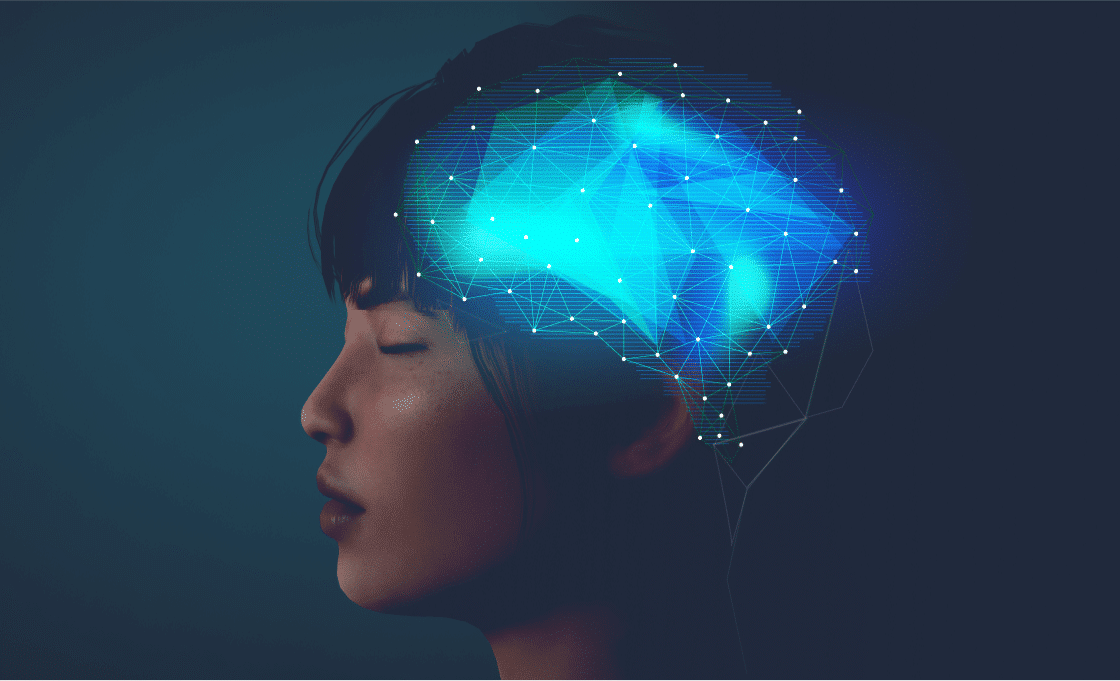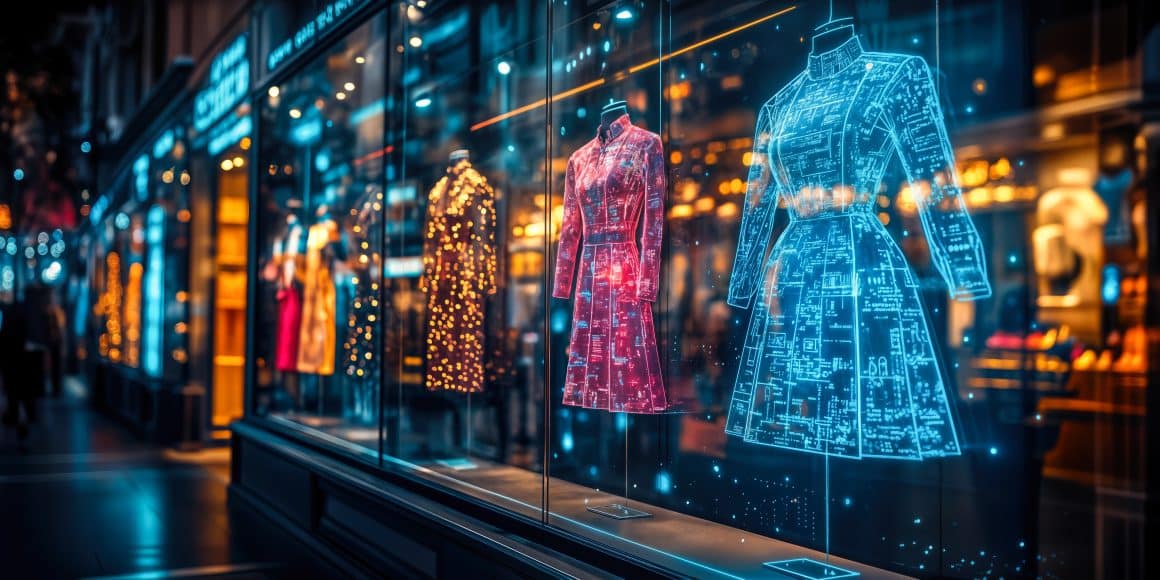If you’ve ever tried to make a New Year’s Resolution you’ll know how difficult it can be to make a change in your behavior. From the 1st of January you say you’re going to exercise more or you’re going to eat less chocolate. By the 3rd of January you’re making excuses not to go to the gym and you’re reaching for ‘one last piece’ of your favorite bar of chocolate. It happens to the best of us.
The question is why does this happen? It’s because change in behavior is a complex process which requires the disruption of your current habits while creating new and unfamiliar actions. It’s a process that takes time and it certainly doesn’t happen overnight. Let’s look further at what makes behavioral change difficult and how simulation gamification can improve the process.
Around 80% of New Year’s Resolutions are abandoned by February1.
Why is learning important?
Learning is essential if we want to survive and thrive in society. The same way food and water nourishes our bodies, continuous learning nourishes our minds. Learning new things is the key to accessing new opportunities and is an integral part of our personal growth. Through learning we’re able to become happier, more confident and prosperous.
People who work for companies that invest in resources for learning are 83% more likely to feel happier in their job2.
Studies have revealed that learning keeps our brains sharp and healthy. As life expectancy is increasing worldwide, the idea that continuous learning keeps our brains healthy is something that’s important to us all.
Now that we understand why learning is important, let’s look at why we often struggle with focusing on the changes required to retain and use new information.
The human brain prefers to save energy
The brain is made up of thousands of different elements all doing their own thing. Think of it like a large group of experts, all having different skill sets, but working together to make sure you function optimally. Because of this our brains are balancing different needs all the time. To ensure that it doesn’t exhaust itself, the brain prefers efficiency. It would rather not have to change all the time, continuously re-hashing new information. 45% of our daily behaviors are automatic3
As discussed earlier, we know the importance of learning new things. It’s this balancing act between the brain preferring familiarity and us having a thirst for knowledge that is partly responsible for how difficult we sometimes find it to change our behavior and truly focus on the absorption of new information and skills.





